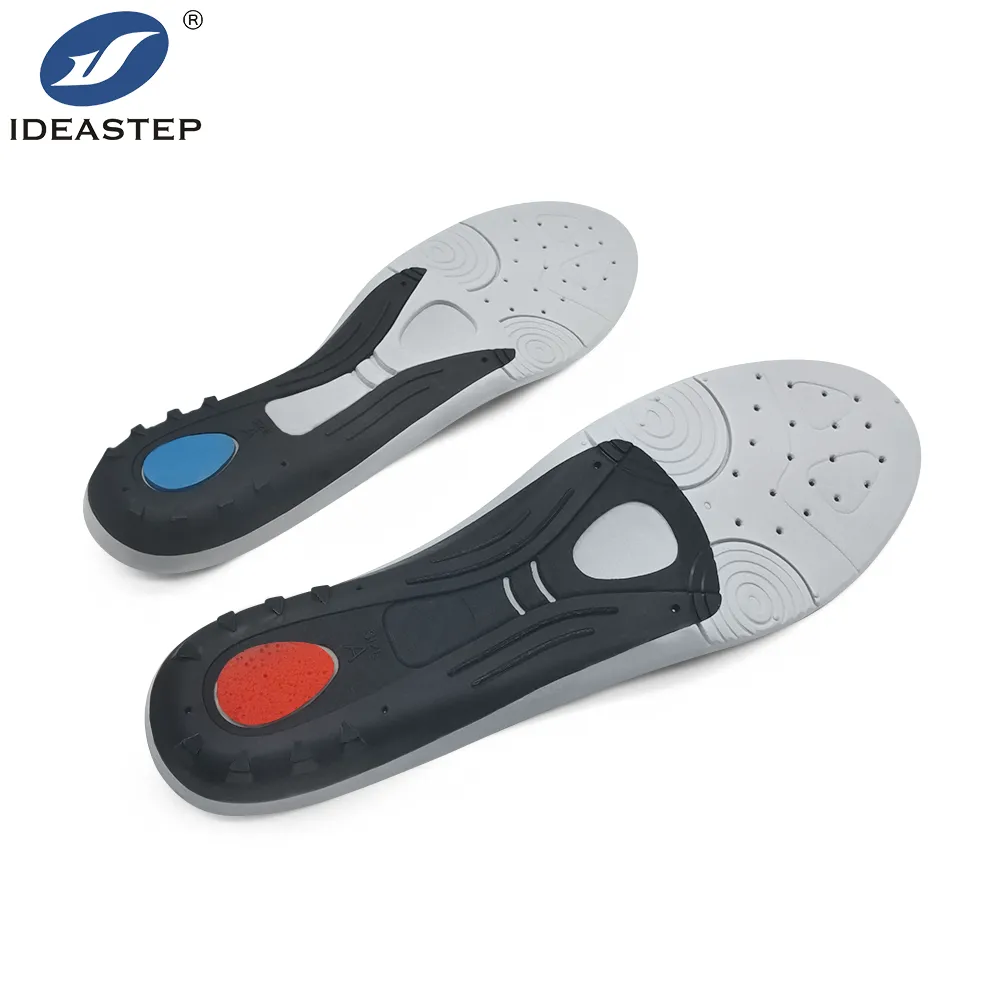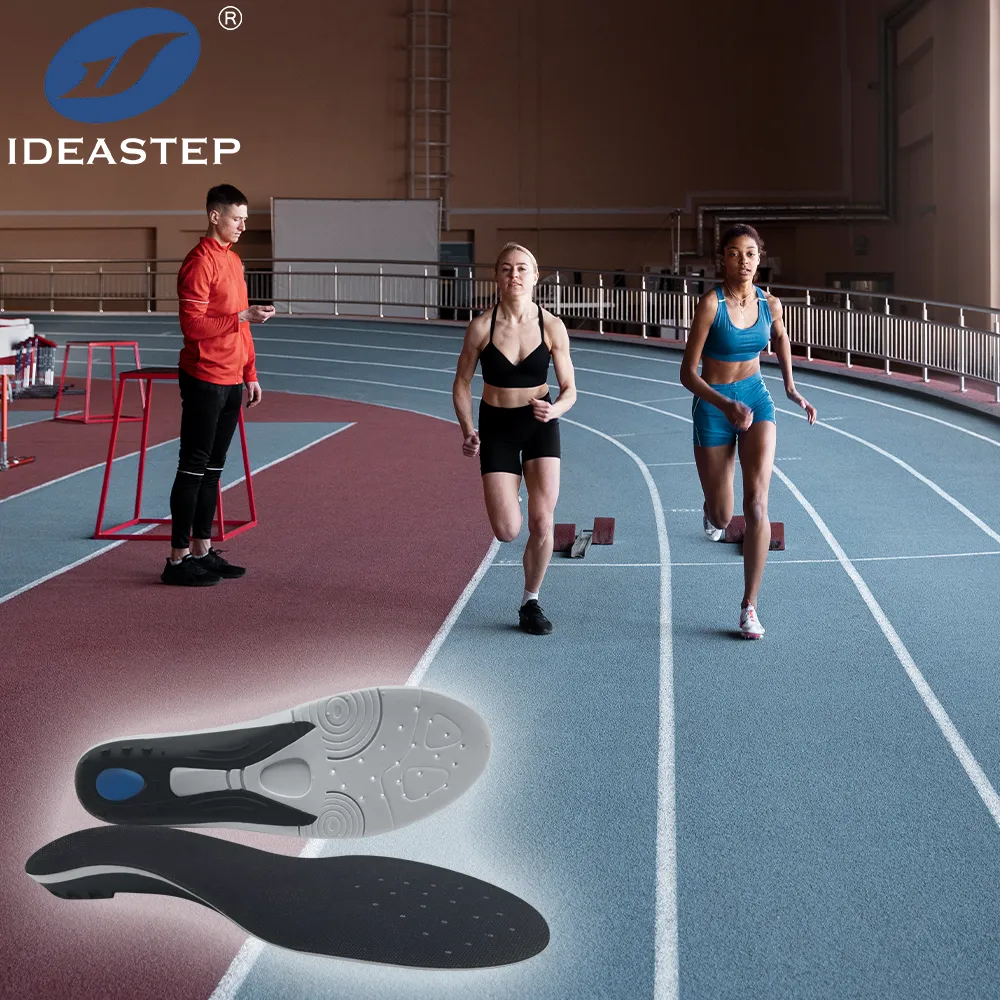Summary: Running with flat feet has to be a balancing act between comfort and prevention of injury. One may reduce discomfort, improve performance, and prevent injuries by first understanding the nature of flat feet and then using the right running insoles. In this guide, we look at some key factors when it comes to being a flat-footed runner, how insoles can help, and if you need to invest in running insoles specific to your needs.

Things to Note When Running with Flat Feet
The flat feet, also commonly known as fallen arches, are flat due to the collapse of an arch. Thus, when someone has flat feet, that particular part touches the ground completely. It may bring some kinds of discomfort, especially during running or any high-impact activity. Here is a general overview of the characteristics of flat feet.
| Feature | Description |
|---|---|
| Arch shape | Little to no visible arch; the foot appears flat against the ground. |
| Weight distribution | Weight is unevenly distributed across the foot, leading to additional strain. |
| Common symptoms | Foot pain, ankle instability, knee or back pain, and difficulty with balance. |
Most runners with flat feet experience added stress to the knees and hips due to improper set alignment. Consistent tracking will lead to injuries like shin splints, plantar fasciitis, and joint pains over time.
Key things to consider for runners with flat feet:
- High risk of overpronation: Flat-footed runners often overpronate, rolling their foot inward excessively with each step, putting extra stress on ankles and knees.
- Arch support is necessary: Arch support helps align the foot and prevents injuries for flat-footed runners.
- Cushioning for absorbing shocks: Since flat feet lack the natural arch to absorb impact, cushioning in shoes and insoles becomes essential to reduce stress on joints.
Wearing running insoles specifically designed for flat feet can address these issues. Insoles with built-in arch support correct overpronation, enhance comfort, and ensure more even weight distribution with every step.
How to Help Flat Feet Using the Right Running Insoles
The use of proper running insoles can make a huge difference in comfort and performance for flat-footed runners. Here’s how the right insoles can help:
- Arch Support: Insoles with stronger arch support can provide the lift that flat feet need, reducing strain on the ankles and knees.
- Impact Cushioning: Cushioned insoles, especially in the heel and midfoot, absorb shock during running, minimizing joint injuries like shin splints.
- Heel Cup Stability: A deep heel cup ensures foot stability, preventing excessive rolling and supporting a more controlled stride.
- Custom Orthotics: Some runners may benefit from custom orthotics designed for their specific foot and running style. However, high-quality off-the-shelf insoles, such as those from Ideastep, can also offer solid arch support and cushioning.
If you’re a flat-footed runner, finding the right insoles can help you avoid overpronation, absorb impact better, and prevent injuries while running.

Should I Wear Running Insoles?
Whether or not you should wear running insoles depends on your symptoms and the level of discomfort you experience while running. Here’s how to determine your need for insoles:
- If your flat feet don’t hurt: If you don’t experience pain while running, you may not need additional arch support. However, wearing running insoles can act as a preventive measure against future injuries.
- Moderate flat feet with occasional discomfort: Runners who feel mild pain or fatigue during runs often benefit from insoles, which distribute pressure across the foot, reducing strain on the knees and hips.
- Severe flat feet with chronic pain: If your flat feet cause significant pain, particularly during or after running, insoles are highly recommended. Persistent pain in the heel, arch, or knees indicates that your body isn’t receiving enough support, and corrective insoles can help alleviate the discomfort.
The question of whether you should wear running insoles largely depends on how your body responds to the demands of running. If you experience pain, fatigue, or discomfort, running insoles are a highly effective solution, ranging from custom orthotics to quality off-the-shelf products.
Conclusion
Flat feet can make running more difficult, but the right running insoles can make a big difference. By providing essential arch support, cushioning, and foot stabilization, running insoles reduce discomfort and help prevent injuries. Whether you have mild, moderate, or severe flat feet, using insoles designed for flat feet will improve your running experience and protect your long-term foot health.
Running with flat feet doesn’t have to be painful or problematic. With the proper insoles, your running can become a more enjoyable, injury-free experience. Whether you opt for custom orthotics or high-quality over-the-counter options like those from Ideastep, the right support is out there.
